Take it from one who knows; being injured sucks! If you train hard enough or long enough you are almost guaranteed to suffer at least a few minor niggles but it’s also quite likely that, at some point, you suffer a more serious injury. In this article you’ll learn how to keep your injury risk to a minimum.
1) Always warm up
If you have ever been short of time, you have probably been tempted to skip your warm up. While on the surface this seems to make sense, it’s important to realize that those ten-minutes saved could cost you literally months of progress if you end up injured.
Warming up transitions your body from sedentary to active and not only gets your body ready for exercise; it also prepares your mind.
A good warm up will increase your core temperature, increase joint mobility and muscular flexibility, increase nervous function and generally ensure you are as ready as possible for the workout to come.
The length of your workout depends on several factors but, in a nutshell, the older you are, the harder your planned workout and the colder you feel, the longer your warm up needs to be.
Skipping your warm up may save you a few minutes but a better solution to shortness of time would be to trim your workout down to fit the time you have available. That way you won’t increase your risk of injury.
2) Don’t sacrifice form for weight or reps
In your quest for muscle and might, it can become all too easy to focus on the end of your set and end up modifying your exercise form so you can get the required number of reps. By modifying your form, I mean cheating!
Let’s say your workout calls for three sets of 12-repetitions in barbell biceps curls. The first set is okay and you managed the 12-reps comfortably. The second set was harder but you just managed to grind out the twelfth rep with a little bit of back swing. But, by the eighth rep of your final set you are all but done. However, rather than finish your set here, you buck, jerk, heave and bounce that bar up for four more ugly reps. On putting the weight down you feel a sharp pain in your back and have to quit your workout and take the rest of the week off from training.
The first question to ask is what was your back doing in a biceps exercise? If anything it was taking stress off the target muscle rather than making the exercise more productive. And then, how much fitness will you lose as a result of cheating those final four reps up? Lots more than you would have gained that’s for sure.
Ultimately, your body doesn’t care how many reps you do; it only knows fatigue and if you can only do eight reps when you meant to do twelve, your muscles have still been taxed to their limit and will respond accordingly. Breaking into poor exercise form to finish a set is at least unproductive and at most can leave you badly injured.
3) Listen to your body
Do some exercises leave you feeling sore and in pain? Is this pain in your joints rather than your muscles? If so, maybe these exercises aren’t for you. Joint pain is never a good thing and would suggest that you just aren’t suited to that particular exercise or that you are doing it incorrectly. Forget the whole “no pain no gain” ethos; when it comes top joint pain, discomfort is probably a structural issue that will only get worse if you ignore it.
4) Get some support
Some exercises are notoriously hard on your body. Heavy squats, bench presses, overhead presses and deadlifts are prime examples. That’s why you’ll often see weightlifters, powerlifters and hard-core bodybuilders wearing joint supports and weight training belts. This straps, wraps and belts help take some of the injurious strain out of working out and can help prevent injuries or stop current injuries getting worse. Compression clothing can also help the prevention and treatment of injuries. If nothing else, supports help keep your joints warm which is an important factor in injury prevention.
5) Develop structural balance
Muscles are arranged on your body in opposing pairs and where one muscle straightens a joint, the other will bend it. For a joint to be healthy, these muscles need to be similarly strong and similarly flexible otherwise the joint can become unbalanced and increasingly prone to injury.
To reduce your risk of developing this type of structural imbalance, make sure that you work muscles that oppose one another across joints equally.
The main muscle pairings are…
- Quadriceps and hamstrings
- Adductors and abductors
- Erector spinae and rectus abdominus
- Latissimus dorsi and deltoids
- Pectoralis major and middle trapezius/rhomboids
- Biceps and triceps
Do a similar number of sets and reps for each paired muscle to keep your body in balance.
When it comes to injury, prevention is better than cure but if you are ever unlucky enough to suffer an injury, make sure you use RICE (rest, ice, compression and elevation) and seek medical assistance if you think the injury is severe enough.

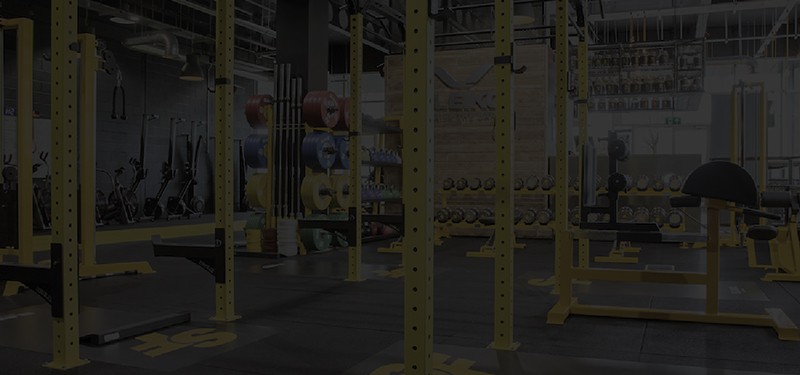
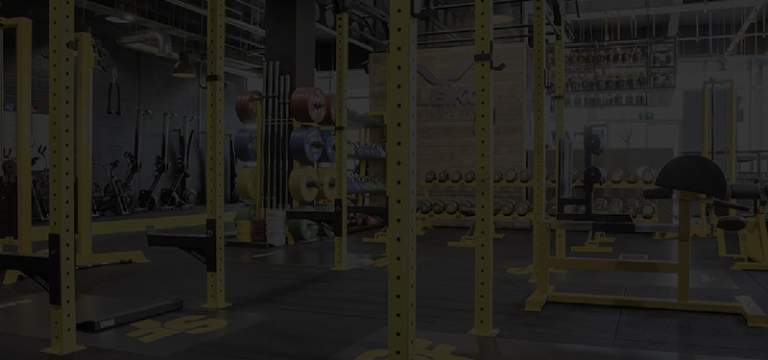



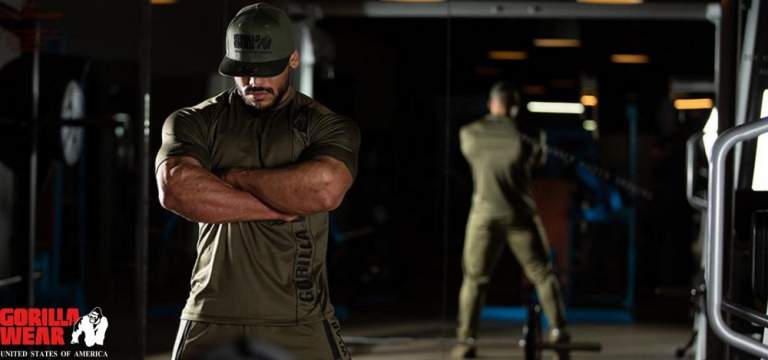

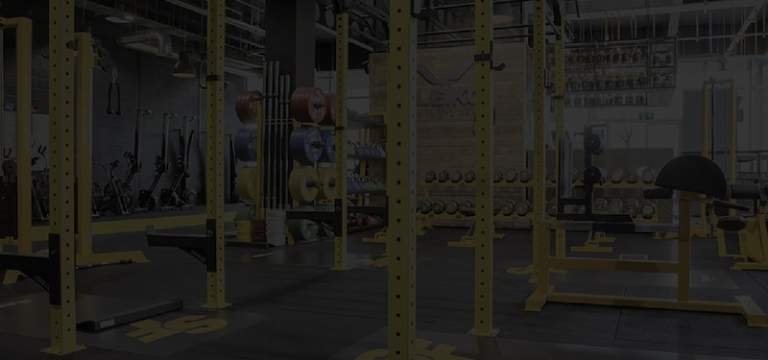

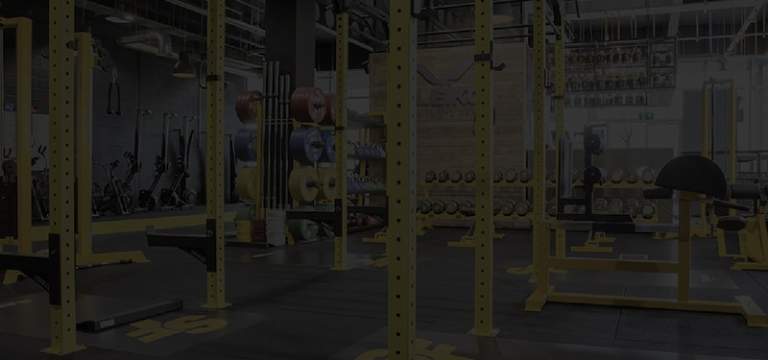
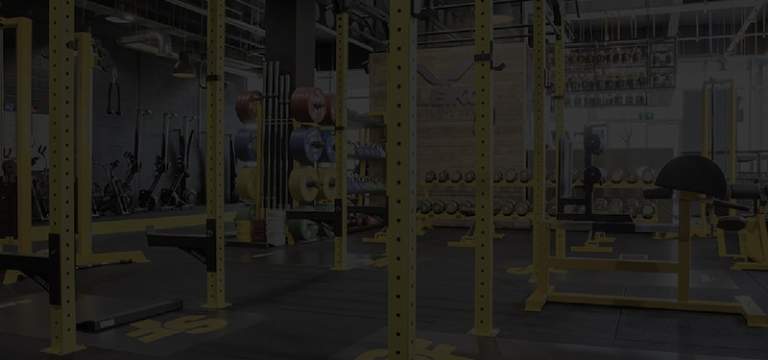
2 Comments
Comments are closed.